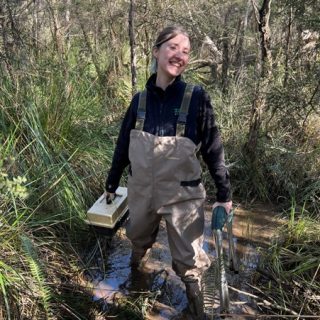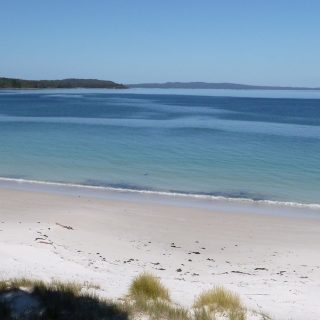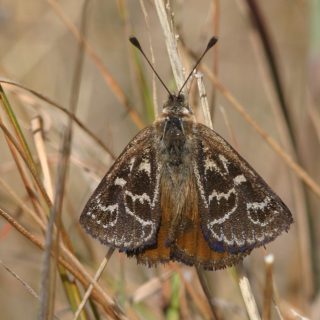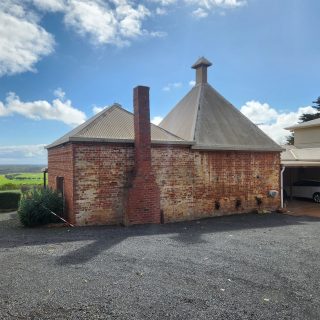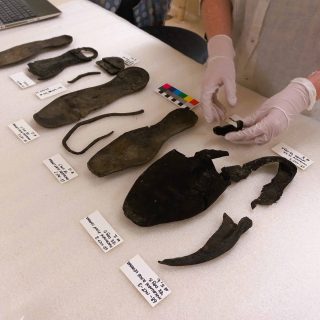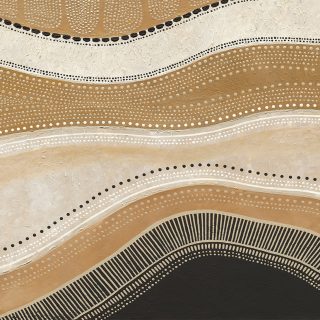Consultant spotlight: Maggie Butcher, Historical Archaeology Expert
Meet Maggie, our Team Leader – Heritage (NSW), who brings a wealth of experience and passion for Historical Archaeology.
We asked Maggie a few questions about her experience as well as advice for aspiring heritage consultants.
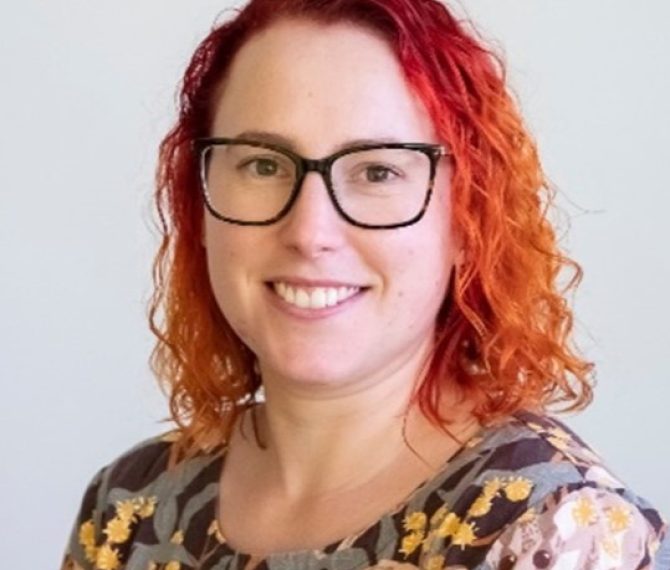
Where does your interest in historical archaeology come from, and How does your expertise play a role in NSW heritage assessments?
I was always interested in history as a kid, and that extended into my schooling where I had a fantastic Ancient History teacher in year 11 and 12. After school I was lucky enough to live in the Middle East and travel to Turkey and Egypt with my family. All of these experiences combined led me to doing archaeology at university as my ‘fun’ degree with a focus on Egypt and Greece, while pursuing a ‘serious’ career in science. That changed pretty quickly when I took subjects about Aboriginal and historical archaeology in Australia. This interest was cemented during my first historical archaeological dig at Barangaroo while still at university, where I helped excavate Cuthberts shipyard (now the bay where the entrance to the Barangaroo Metro is). That was in 2013, and I’ve been doing it ever since! I’m now an Excavation Director who can also catalogue and analysis a range of historical artefacts, my favourite being ceramics.
I’ve found that having both on-site experience digging, and post-excavation tasks like writing the excavation report and cataloguing the finds is crucial when you are preparing heritage assessments. In the preliminary heritage assessments before you head out to site you need look at maps and plans and combine that information with what other digs in the area found, to try to figure out what will be under the ground and what the significance would be. If you’re looking at a site with a terrace house from the 1890’s, it’s a lot easier to determine the potential archaeology if you’ve excavated something similar. This in turn makes it easier to provide appropriate recommendations as to what the client needs to do.
With the rapid advancements in digital technology, what are some of the most useful tools or methods you have incorporated into your role as a heritage consultant?
I’ve been involved in projects which use so many amazing digital tools like ground-penetrating radar to identify graves, and photogrammetry and drones to capture archaeological excavations.
But the one that sticks out the most was one that didn’t involve field work at all.
I was involved in a project in Parramatta which used existing, publicly available data sets to understand the cumulative impact of development on Convict structures (mostly huts). Our GIS team used ArcGIS Pro v2.9.1 to georeference the location of the Convict huts from 200 year old plans and figure out where they would have been today. Meanwhile us Heritage Consultants went through a lot of documents – archaeological reports, development applications, archaeological zoning plans, landscape management studies, Heritage NSW Permit and Approvals data and State Significant Development and State Significant Infrastructure data – to figure out where had been impacted. The result was comprehensive mapping and analysis showing that 107 of the 169 (63.3%) convict structures have been partially or completely removed, and that’s a conservative count.
This has now been turned into a paper that will be published in the next issue of Australasian Historical Archaeology. There are lots of amazing digital tools out there, but it depends on what your aim is and what kind of data you need which will determine which ones you use. Sometimes simple ones work the best.
For aspiring heritage consultants interested in specialising in historical excavations and artefacts, what advice would you give regarding skill development and starting out in your career?
Get experience where and when you can, choose varied subjects at university and get to know your peers! I volunteered with several consulting companies, the Australian Museum and the Museum of Sydney during my undergrad studies at university. This got me experience in undertaking historical excavations and artefact analysis, Aboriginal artefact recording and provenance research at the Museum. Field schools are also another good way of upping your skills (and getting a sneaky holiday on the side if you can), I did one in Spain which was fantastic. While it focused on excavating a Roman Necropolis and associated city, the techniques used in historical archaeology like digging and recording were much the same. My first paid archaeology job out of university was through a consulting company I had volunteered with. From that I met other archaeologists which resulted in my first full time job, and everything continued from there.

